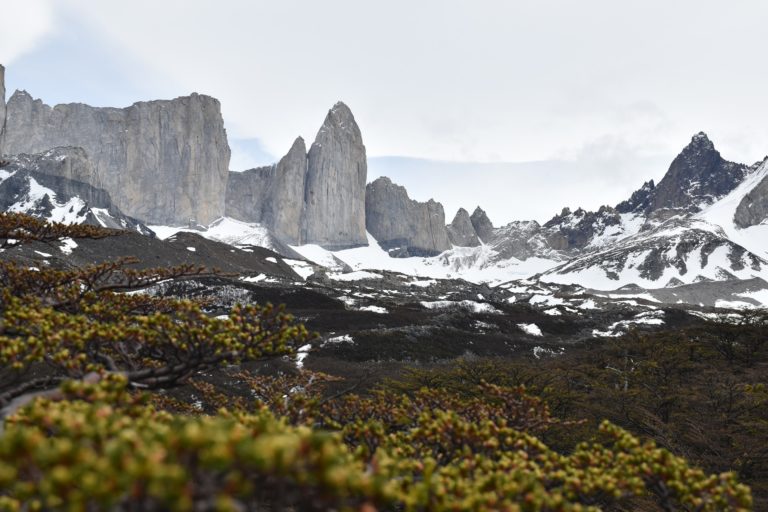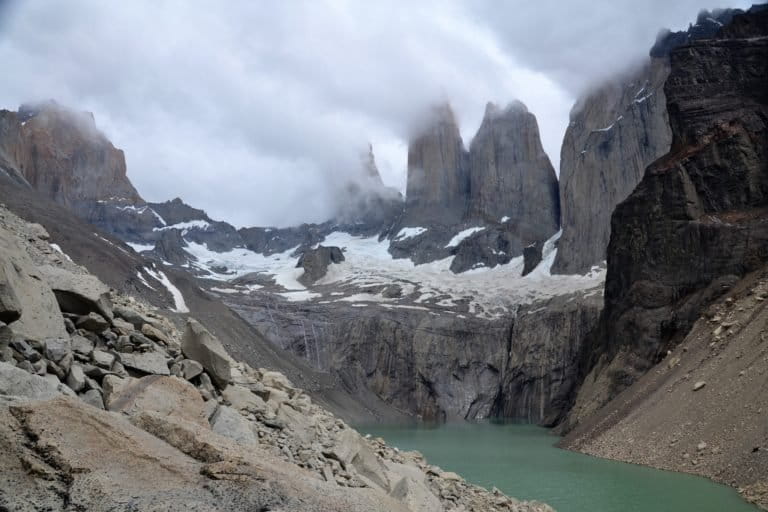- Three biosphere reserves in Chile were expanded last year to include buffer zones and transition areas.
- Biosphere reserves are not included in Chilean legislation, so their protection is not guaranteed under the law.
- Experts say that referencing the reserves and their buffer and transition zones in future laws will help ensure their preservation.
UNESCO last year expanded three Chilean reserves that form part of the organization’s World Network of Biosphere Reserves, committing the country to boosting its sustainability initiatives in the areas around these zones.
The Juan Fernández Archipelago, about 670 kilometers (360 nautical miles) off the coast of Chile, has been expanded significantly from 100 to 12,196 square kilometers (39 to 4,709 square miles). In Chile’s sourthern Aysén region, Laguna San Rafael National Park, famed for its convergence of rivers, lakes, plains, forests and glaciers, was expanded from 17,420 to 51,305 km2 (6,700 to 19,800 mi2). Finally, Torres del Paine National Park, one of Chile’s most popular tourist destinations, was expanded from 1,840 to 7,710 km2 (710 to 2977 mi2). Torres del Paine is located in the southern part of Chilean Patagonia.
“[T]he vitality of the World Network of Biosphere Reserves gives us cause for hope,” Audrey Azoulay, the UNESCO director-general, said in a statement.
Inside the management of a biosphere reserve
In 1976, the world’s first biosphere reserves were established under UNESCO’s Man and the Biosphere Programme (MAB). Chile’s first addition to that list, the Juan Fernández Archipelago, was declared a year later, in 1977. The designation of Torres del Paine National Park followed in 1978 and Laguna San Rafael National Park in 1979. In 1995, the MAB program adopted the “Seville Strategy,” calling for the establishment of three zones for each biosphere: a strictly protected core area, allowing for the conservation of landscapes, ecosystems, species and genetic variations; a buffer zone around the core area for education and research; and a transition area surrounding the buffer zone for communities’ sustainable economic activities.

“When this strategy [was] adopted, countries [needed] to catch up to this new type of biosphere reserve,” said María Rosa Cárdenas, an ecology and biodiversity policy specialist with the MAB. To comply with the program’s guidelines, known as the Statutory Framework of the World Network of Biosphere Reserves, Chile “had to expand its reserves and rezone them to include buffer and transition zones,” Cárdenas said.
Conserving biological wealth
Some of the extraordinary mammals that inhabit Torres del Paine National Park are the puma (Puma concolor), the endangered south Andean deer (Hippocamelus bisulcus), the guanaco (Lama guanicoe), the Andean fox (Lycalopex culpaeus) and the South American gray fox (Lycalopex griseus). The national park draws photographers and documentary filmmakers from around the world because of its magnificent mountains, formed 12.5 million years ago. Andean condors (Vultur gryphus) flying overhead are also a common sight.
For its part, the Juan Fernández Archipelago boasts the highest number of endemic plants per hectare of any island system in the world. Counting only the endemic vascular plants on the archipelago, there are 135 species, 12 genera and two families. This diversity means that more than 5% of all of Chile’s endemic vascular plants live on only 0.01% of its land mass. The archipelago is also home to one-third of Chile’s endemic bird species; about 25% of its marine species are endemic.

Chile has designated several marine parks around the Juan Fernández Archipelago in the past few years, including Monte Submarino, El Arenal, El Palillo, Tierra Blanca and Lobería Selkirk. They are now part of the core area of the Juan Fernández Biosphere Reserve.
Laguna San Rafael National Park is known for its vastly different ecosystems. It encompasses parts of the ocean, evergreen forests and peat bogs. The latter are ecosystems made of mosses and organic accumulation that haven’t fully decomposed, making them important carbon dioxide reservoirs that help fight climate change.
Near its mountain range and deciduous forest, Laguna San Rafael also contains the entire Northern Patagonian Ice Field. Together with the Southern Patagonian Ice Field, it’s part of the world’s third-largest expanse of continental ice, after those found in Antarctica and Greenland.
“All of that environmental diversity in these Patagonian latitudes is what gives this area its natural value,” said Dennis Aldridge, the head of the protected areas department in Chile’s National Forestry Corporation (CONAF), the government agency that manages protected areas.

The implications for Chile
The creation of biosphere reserves serves as a planning tool so that only environmentally friendly economic activities are developed in the areas surrounding the core zones. This approach relieves some of the pressure put on protected areas and helps ensure their conservation.
Now that the three biosphere reserves have been expanded in Chile, what follows is the formation of a management committee, the development of a management plan, and the implementation of that plan.
“The bet is that, within the buffer zones, a territorial management model can be installed in terms of production or services, which would have a new look that is much closer to conservation,” Aldridge said. “For this reason, that product or service would have additional value.”
However, he added, “It could be the case, as has happened in the past, that the biosphere reserve eventually fails to engage with the territory and its inhabitants. It will all depend on the capabilities that exist, the enthusiasm of the management committee and the type of initiatives.”

Although Chile has taken on an international commitment to protect its biosphere reserves, it is not legally obligated to do so. Even though they are internationally recognized, biosphere reserves are under the sovereign jurisdiction of the country in which they are located. There is no legal framework that requires a reserve to be protected if it is not considered in a country’s national regulations, according to Mario Gálvez, Chile’s national coordinator of biosphere reserves from CONAF.
The core areas of Laguna San Rafael National Park, Torres del Paine National Park and the Juan Fernández Archipelago are also national reserves in addition to being biosphere reserves, so they already have separate legal protection. But the same is not true for their buffer zones and transition areas.

Gálvez said the lack of protections for buffer and transition zones was “a difficulty that we have as a country.”
“The proponent of a project — when appearing before the environmental evaluation system — can say, ‘The law does not require me to do a more specific study of the area,’” he said. “And then that territory is treated like any other, unfortunately.”
“In the countries where the term ‘biosphere reserve’ is within the national regulations, the protection tends to be better,” Cárdenas said. These countries include Peru, Argentina, Brazil, Costa Rica, Ecuador, Guatemala and Mexico.
“[Chile] must make progress in incorporating the recognition of biosphere reserves in its national legislation so that the [legal] criteria are enforceable for those who conduct activities in a reserve,” Gálvez said, adding that lawmakers are currently discussing changes to the laws that would include the biosphere reserves. “I hope that, in some of them, it will be established that these territories are subject to national legislation.”
This article was first published by Mongabay Latam on July 10, 2019.
